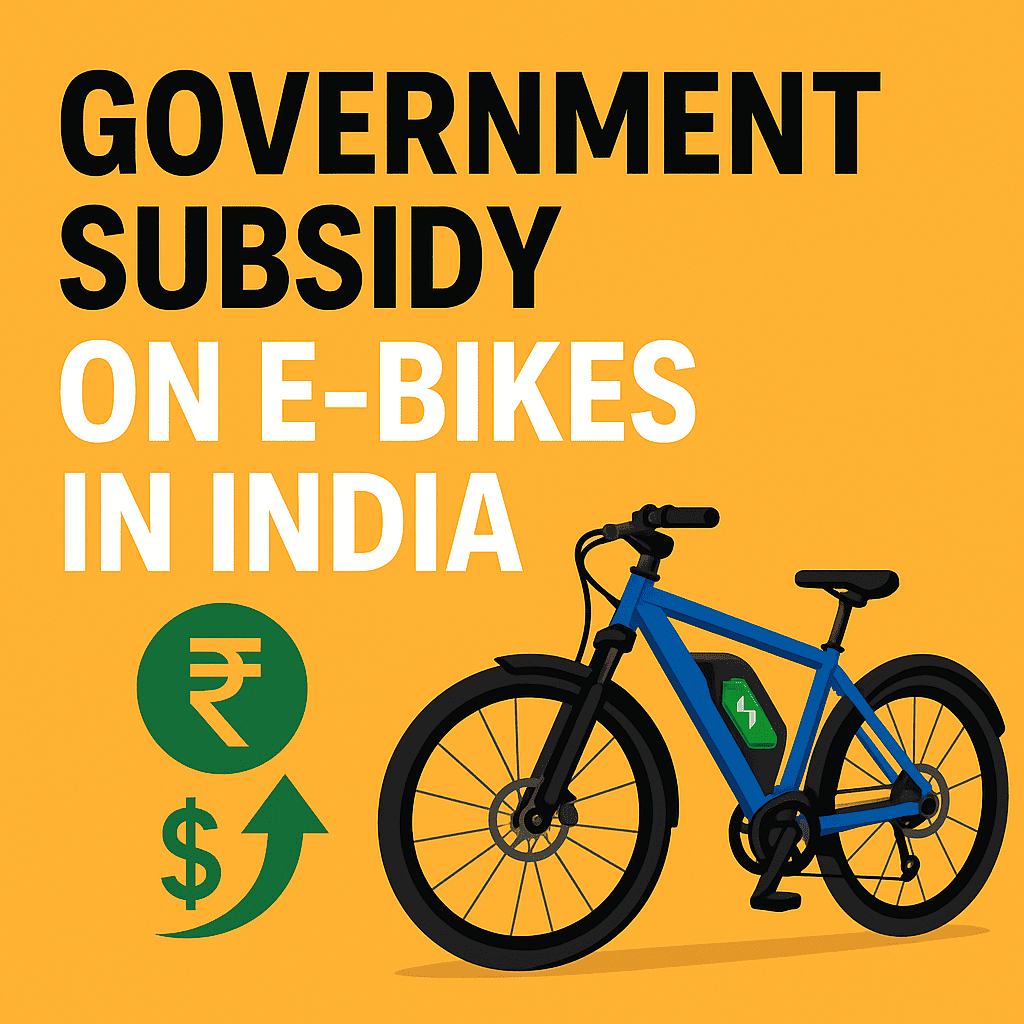The world of mountain biking is evolving rapidly, and electric mountain bikes (eMTBs) are taking trails by storm. If you’re deciding between a traditional mountain bike and an electric mountain bike in 2025, you’re not alone. Riders across the USA are weighing the pros and cons of both.
In this guide, we compare electric mountain bikes vs traditional MTBs in terms of performance, cost, fitness, terrain, and value to help you choose the perfect two-wheeled companion for your adventures.
📚 Table of Contents
- Introduction
- Power & Performance
- Cost Comparison
- Terrain Capabilities
- Maintenance & Durability
- Fitness & Effort
- Environmental Impact
- Pros & Cons Table
- Which One Should You Choose?
- Frequently Asked Questions
- Conclusion
🚵 Introduction: What Sets Them Apart?
Traditional mountain bikes rely solely on your pedal power. They’re lighter, mechanically simpler, and have been a staple for decades. Meanwhile, electric mountain bikes (eMTBs) come equipped with a motor and battery, providing pedal assistance and making climbs and long rides more accessible.
Each has its place, but your riding style, terrain, fitness goals, and budget will determine the best fit.
⚡ Power & Performance
eMTBs shine when it comes to climbing hills and long-distance rides. Most come with mid-drive or hub motors ranging from 250W to 750W and torque sensors that respond to your pedaling effort.
- eMTB Advantage: Easier hill climbs, less fatigue, adjustable pedal assist
- Traditional MTB: More physical demand, greater control and skill development
For technical downhill rides, traditional MTBs often offer more control due to their lighter weight and lack of motor interference.
💰 Cost Comparison
Electric mountain bikes are significantly more expensive. Entry-level eMTBs start around $1,500–$2,500, while mid-range traditional MTBs can be found between $700–$1,200.
| Type | Entry-Level | Mid-Range | Premium |
|---|---|---|---|
| eMTB | $1,500+ | $2,500–$4,000 | $5,000–$10,000+ |
| Traditional MTB | $400+ | $800–$1,500 | $2,000–$8,000+ |
Tip: Factor in the long-term costs like battery replacement, charger compatibility, and motor servicing for eMTBs.
⛰️ Terrain Capabilities
Both types can handle rugged trails, but eMTBs can conquer steeper inclines and longer trails with ease.
- eMTBs: Great for endurance, trail riding, and exploring longer routes
- Traditional MTBs: Ideal for aggressive trail riding, jumps, and competitions
Some trails in the USA (e.g., national parks) restrict eMTBs — always check local trail regulations.
🛠️ Maintenance & Durability
Traditional mountain bikes are easier and cheaper to maintain due to their mechanical simplicity. In contrast, eMTBs require regular battery care, software updates, and specialized service.
- eMTBs: Battery, motor, controller, wiring — more parts to maintain
- MTBs: Basic parts — chain, brakes, suspension, derailleurs
💪 Fitness & Effort
Traditional bikes offer a better cardio and strength workout. However, eMTBs let people with lower fitness levels or injuries still enjoy trail riding by adjusting assist levels.
- eMTBs: Great for joint-friendly fitness, longer rides
- MTBs: Ideal for building endurance and leg power
🌿 Environmental Impact
Traditional mountain bikes have virtually zero environmental impact beyond manufacturing. eMTBs use lithium-ion batteries, which require mining and recycling practices.
- eMTBs: Require electricity, battery recycling, mining for lithium
- MTBs: More sustainable over the long term
⚖️ Pros & Cons Table
| Category | Electric MTB | Traditional MTB |
|---|---|---|
| Climbing Power | ⭐⭐⭐⭐⭐ | ⭐⭐ |
| Fitness Benefit | ⭐⭐⭐ | ⭐⭐⭐⭐⭐ |
| Cost | High | Lower |
| Maintenance | Moderate to High | Low |
| Environmental Impact | Moderate | Minimal |
| Trail Access | Some Restrictions | Full Access |
| Ride Distance | Longer Range | Fitness Limited |
🤔 Which One Should You Choose?
If you’re new to mountain biking, want to explore more trails, or ride with faster friends, an eMTB can be a great investment. If you love the physical challenge, want fewer long-term costs, and enjoy every pedal-powered climb — a traditional MTB is your match.
- Choose eMTB if: You want easier climbing, longer rides, or ride with a mixed group
- Choose traditional MTB if: You value fitness, simplicity, and trail challenge
❓ Frequently Asked Questions
Are eMTBs allowed on all mountain bike trails?
No. Some protected areas and national parks restrict eMTBs due to motorized classification. Check trail rules on websites like MTBProject or local forest service pages.
Can I still get a workout on an electric mountain bike?
Absolutely. You can choose how much assistance you want. Lower settings still give you a strong cardio workout, especially uphill.
How long do eMTB batteries last?
Typically 2–4 years or 500–1,000 charge cycles. Proper charging habits and storage can extend lifespan.
✅ Final Thoughts
The choice between an electric mountain bike and a traditional MTB comes down to your lifestyle, budget, fitness level, and riding goals. eMTBs offer convenience, access, and fun — while traditional MTBs provide raw physical engagement, lower costs, and greater control.
No matter which you choose, the mountains are calling — and the trails are waiting. Explore, ride, and discover the best version of biking that suits you.
Looking to explore the best folding eMTBs next? Stay tuned on ElectricBike360.com!
